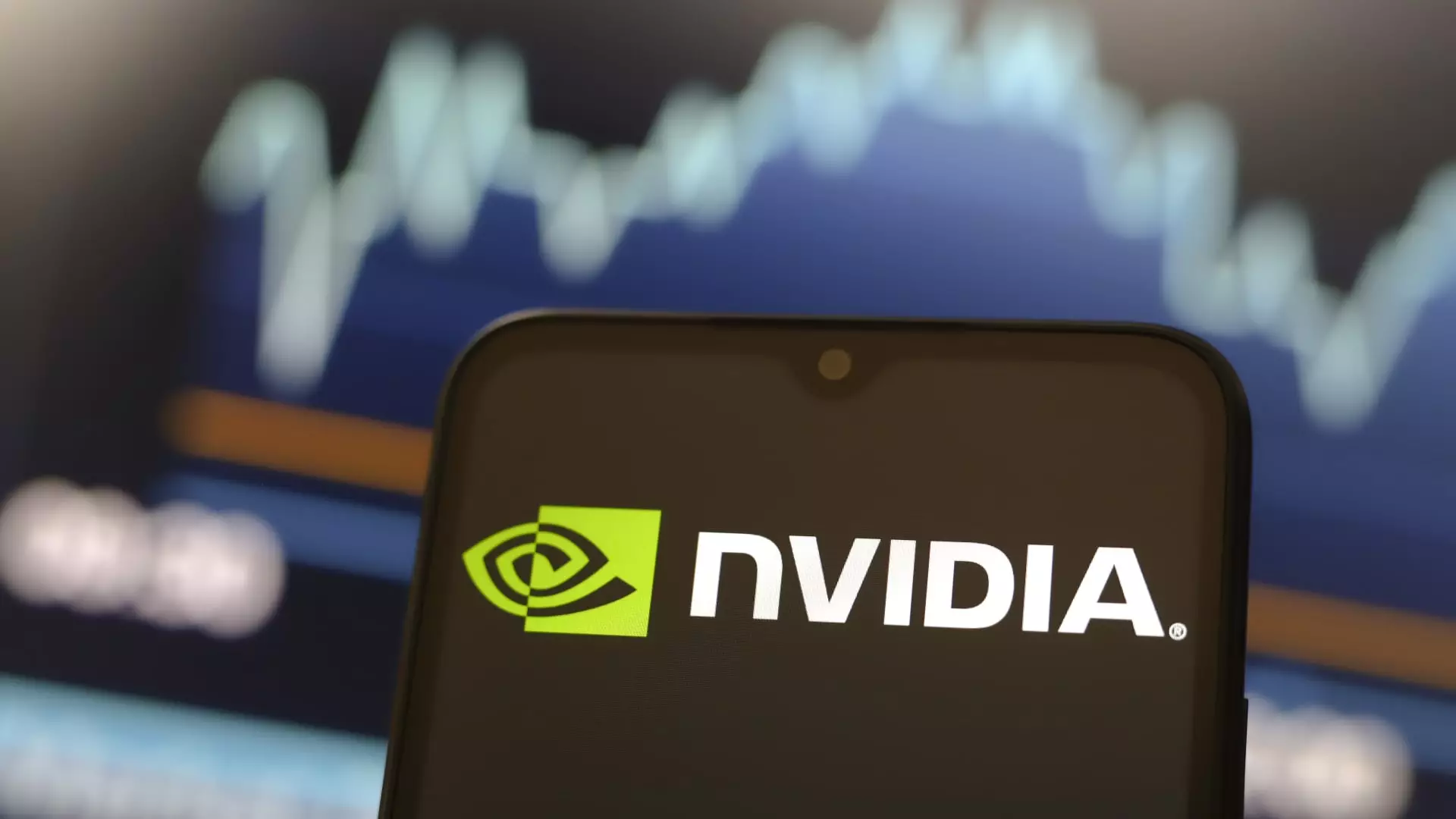On Monday, Nvidia’s stock experienced a notable decline, officially entering correction territory. While the Nasdaq Composite soared to new heights, Nvidia, often regarded as the face of AI chip technology, struggled, ending the day down by 1.7%. This dip marked a significant turning point for a company that had previously surged an astonishing 166% throughout the year. However, the recent trajectory indicates a troubling trend; Nvidia’s shares have decreased 4.5% in December alone and are now approximately 11% lower than their peak closing price of $148.88 reached the previous month. A correction, typically defined by a drop of 10% or more from an all-time high, raises questions about the future performance of not only Nvidia but also the broader tech market.
Keith Lerner, co-chief investment officer at Truist, suggests that Nvidia’s technology remains essential for the AI infrastructure that powers modern applications. Still, the market seems to be indicating that other companies in the “Magnificent Seven”—a term often used to describe notable tech stocks—are also benefiting from the growing demand in the AI sector. Lerner’s insights point toward a notable rotation within these big tech stocks, implying that as investors pivot to capitalize on emerging opportunities, Nvidia may not be the sole beneficiary of AI-related growth moving forward.
The recent slump in Nvidia’s stock could suggest a trend of profit-taking by investors who capitalized on the company’s earlier stellar performance. Despite dominating the AI chip market, Nvidia now faces significant challenges, particularly as its performance diverges from the ongoing market highs. The noteworthy concern among analysts is that as Nvidia struggles, other chipmakers like Broadcom and Micron Technology are experiencing considerable growth, with Broadcom hitting new highs after a stellar earnings report. This divergence could indicate a shift in investor confidence; whereas Broadcom is viewed as a viable substitute, Nvidia’s faltering position raises red flags.
Roth MKM has highlighted the pivotal price range of $125 to $130 for Nvidia, suggesting that this level is critical for the stock’s stability moving forward. As it stands, Nvidia’s struggle for momentum may foreshadow broader market implications; if the company fails to recover, it could impact investor sentiment across the entire technology sector. Interestingly, while Nvidia’s shares falter, the broader Nasdaq Composite is thriving, which poses critical questions about market health are not solely reliant on Nvidia’s performance.
As Nvidia grapples with its stock downturn, other semiconductor companies are witnessing an upward trajectory. Broadcom’s remarkable surge, which saw its stock price jump approximately 11% following a robust earnings report, is a testament to the shifting landscape within the semiconductor realm. Additionally, companies like Micron Technology are anticipated to report positive results, which could bolster investor sentiment further. The movement of these stocks suggests that while Nvidia may be stepping back, there is a vibrant ecosystem of competitors eager to capitalize on the AI boom.
Nvidia’s current market correction serves as a crucial signal for investors and industry watchers alike. While its long-standing dominance in the AI chip sector remains unchallenged, the softening of its stock price amidst a thriving market raises essential questions about its future role in the tech landscape. The rotation toward other semiconductor stocks demonstrates that the market is open to alternatives and that investor sentiment is fluid. As we continue to observe these dynamics, it will be interesting to see whether Nvidia can regain its footing or if other companies will rise to take its place within the AI ecosystem. The tech industry is undoubtedly in a state of transition, with Nvidia at a crossroads that will shape its trajectory in the coming months.

